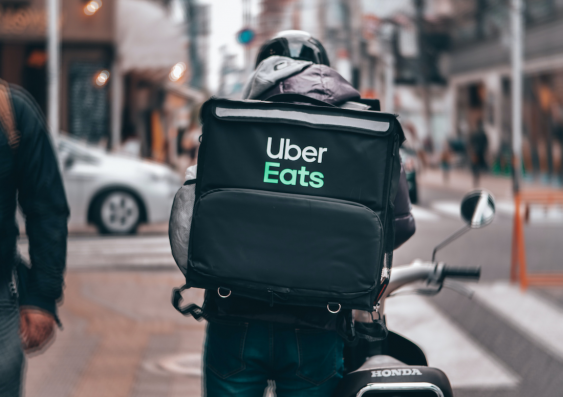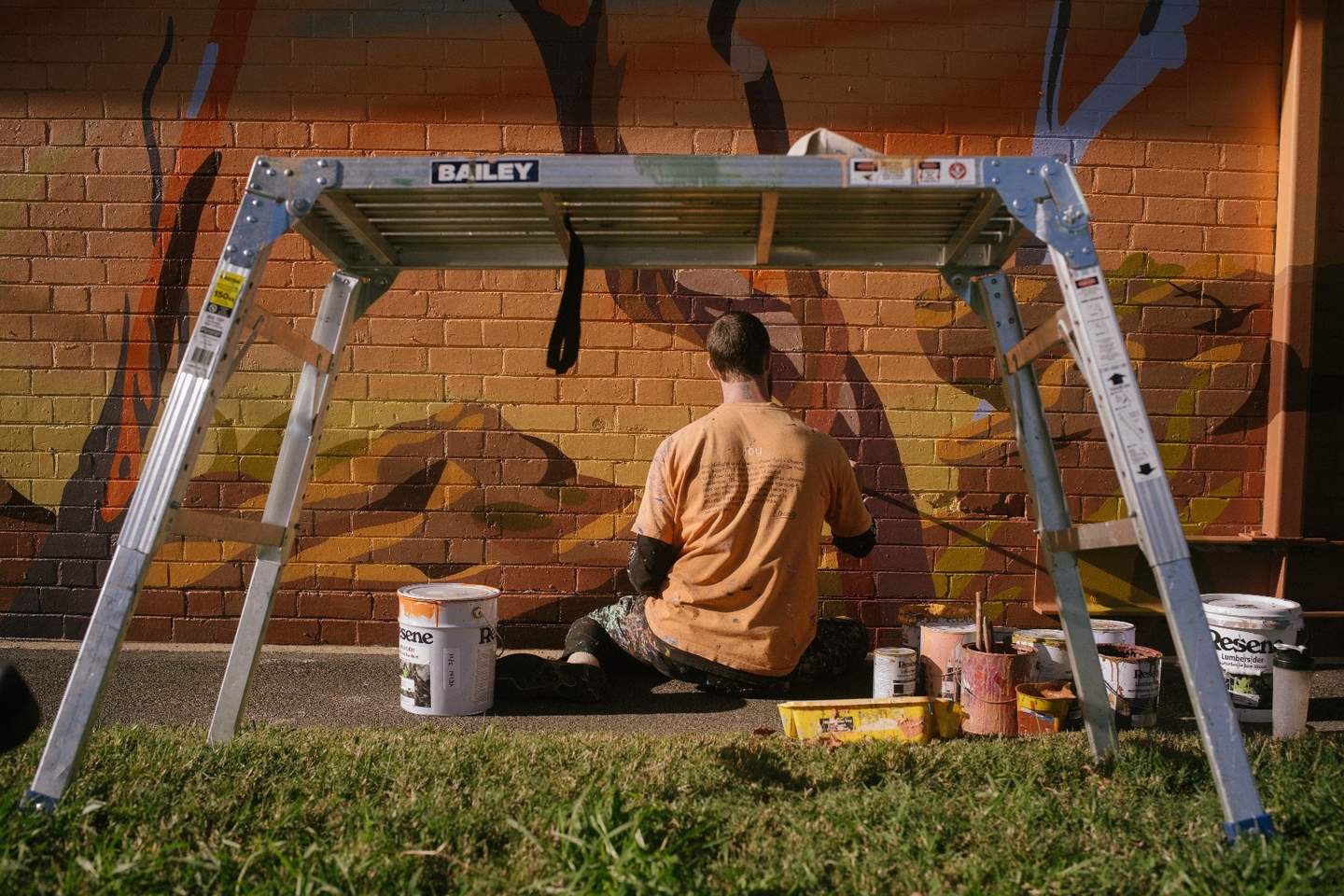Tonight I’ll be having new cycling lanes with a side of bike parking.

More investment in cycling infrastructure is needed to support app-based delivery services like Uber Eats. Photo: Unsplash.
Between Menulog, Uber Eats, Deliveroo and Doordash, the abundance of food-delivery options at our fingertips is taking convenience to a whole new level. The rise of app-based food delivery services is undoubtedly changing the way we eat, but it is also exposing the urgent need to rethink city planning.
UNSW City Futures Research Centre’s professor Christopher Pettit says that local and state government are late to the table as innovations in app-based food-delivery services takeover.
“We’ve moved on from just having the pizza delivery car … [but] government are still grappling with how to deal with these ‘new’ delivery services and seems to be way behind in being able to come up with solutions,” he says.
The urban science professor says that cycling infrastructure, in particular, is lagging behind the rise of app-based food delivery services and “struggling to keep pace with the change”.
“There hasn’t been a significant increase in cycle infrastructure, but we have seen a substantial increase in these delivery services over the past five years,” he says. “At the same time, you’ve also got the democratisation of cycle-based deliveries with the rise of electric bikes [like scooters], so now anyone can cycle through the undulations of the city.”
Lack of dedicated cycleways
One reason for the delay is confusion about whether existing roads fall within state or local government jurisdiction. But that is no excuse, says Professor Pettit.
“We’ve got this issue that the governance of our roads is quite complex, which continually presents challenges in trying to plan and improve them,” he says. “The result across the whole street network is that we’ve got very limited dedicated cycle path infrastructure in Sydney and in many parts of Australian cities.”
The lack of adequate cycle-infrastructure leaves delivery riders with two options – brave the heavy traffic, or ride on the footpath.
“There is a rise of these bikes on the footpath, even though it’s illegal,” he says. “We’ve got very narrow footpaths in a lot of areas, which is bringing about some of the conflict with pedestrians, and it’s putting these riders in a very precarious position.”
In particular, the mass of delivery cyclists mixing with pedestrian and vehicle traffic is a recipe for disaster.







